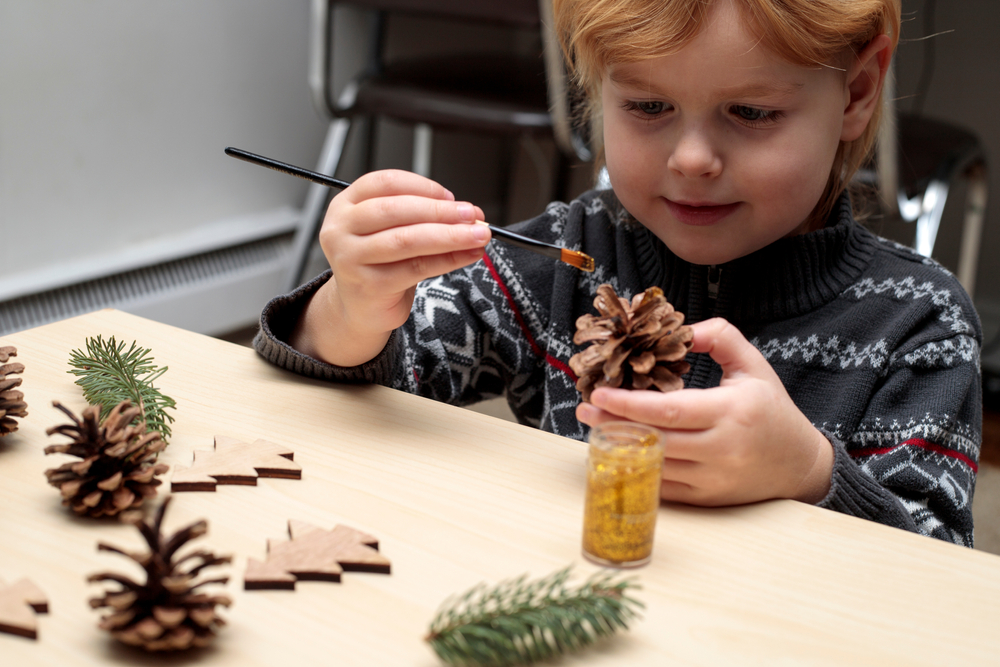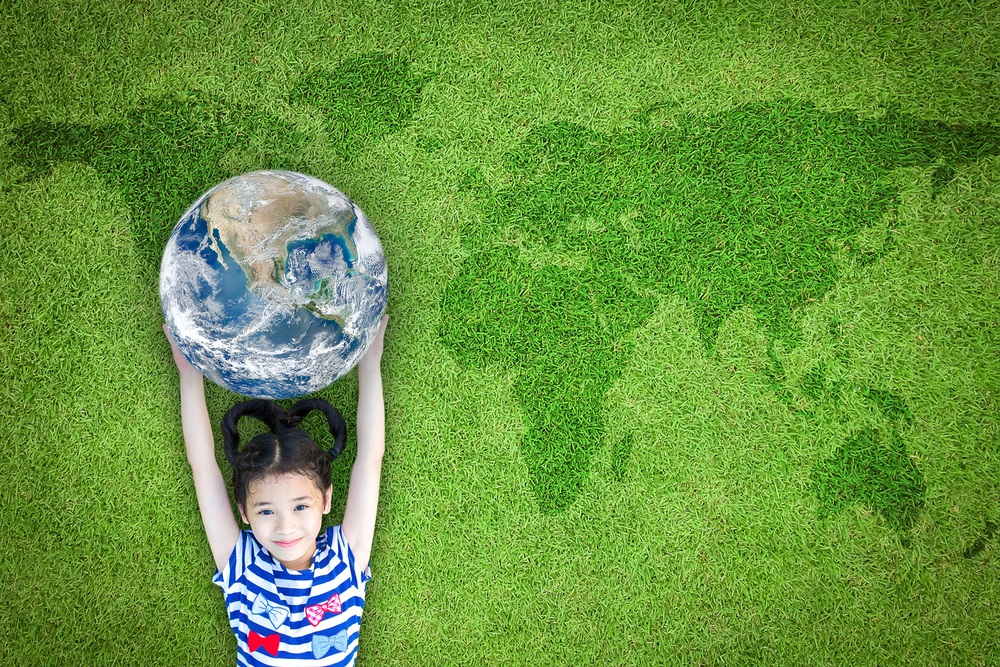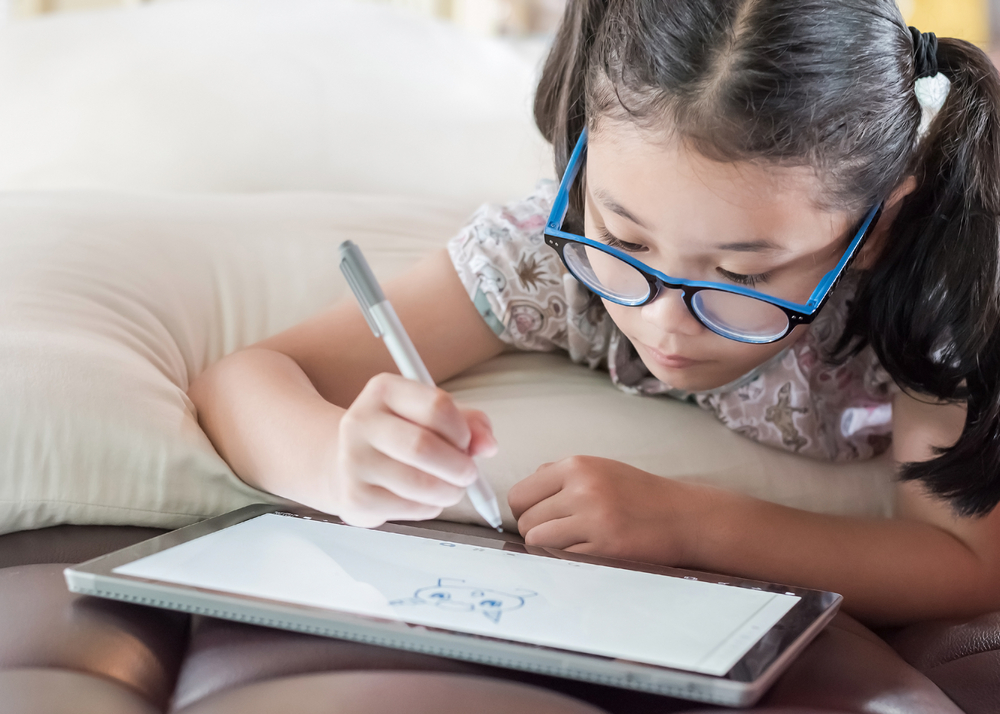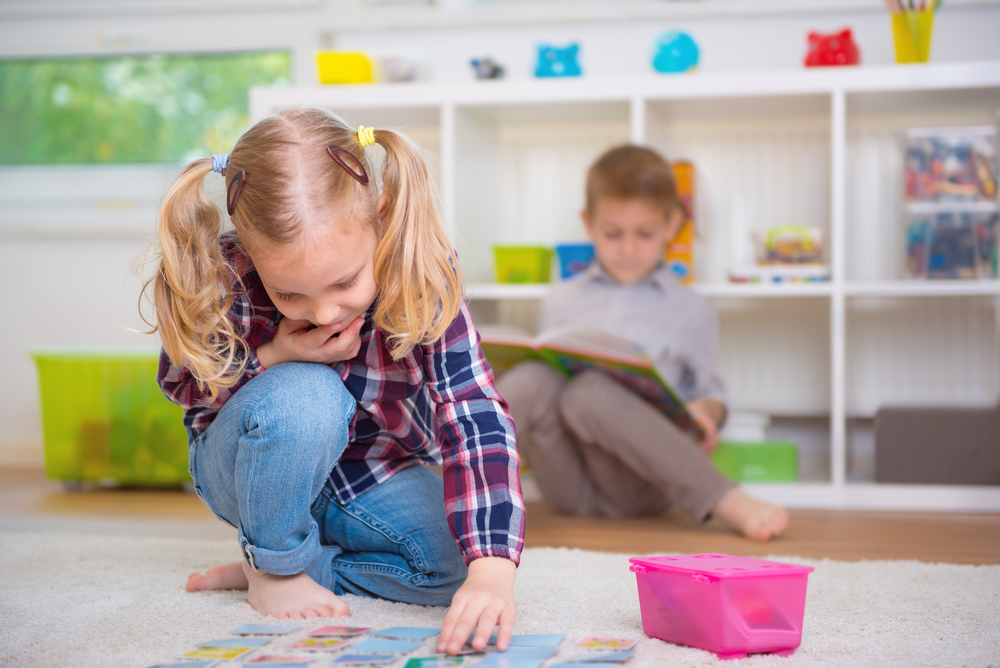Easy Logical Thinking worksheets activities for Ages 6-8
14 filtered results
-
From - To
Discover our engaging Easy Logical Thinking worksheets designed for children aged 6-8! These fun activities help young learners develop critical reasoning skills in a playful way. Our worksheets feature a variety of challenges, including puzzles, patterns, and simple problem-solving tasks that stimulate cognitive development and foster creativity. With colorful illustrations and age-appropriate content, children will enjoy hours of interactive learning. Perfect for classrooms or at-home practice, these worksheets aim to enhance logical thinking while keeping kids excited and motivated. Download today to nurture your child's problem-solving abilities and set the foundation for future academic success!
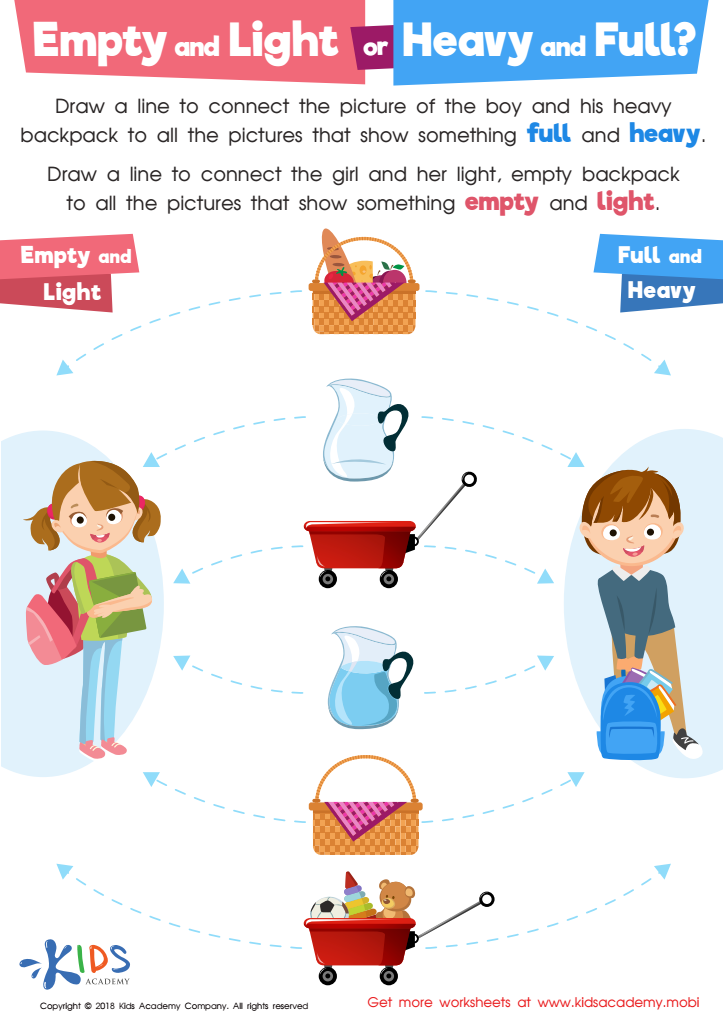

Empty and Light or Heavy and Full? Worksheet
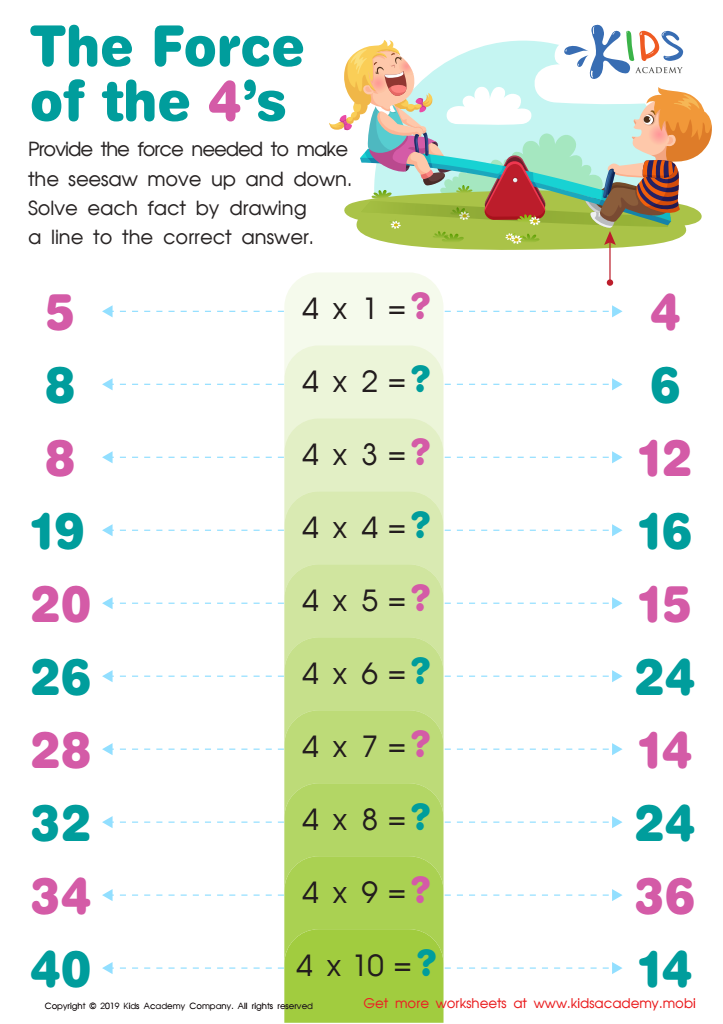

The Force of the 4's Worksheet
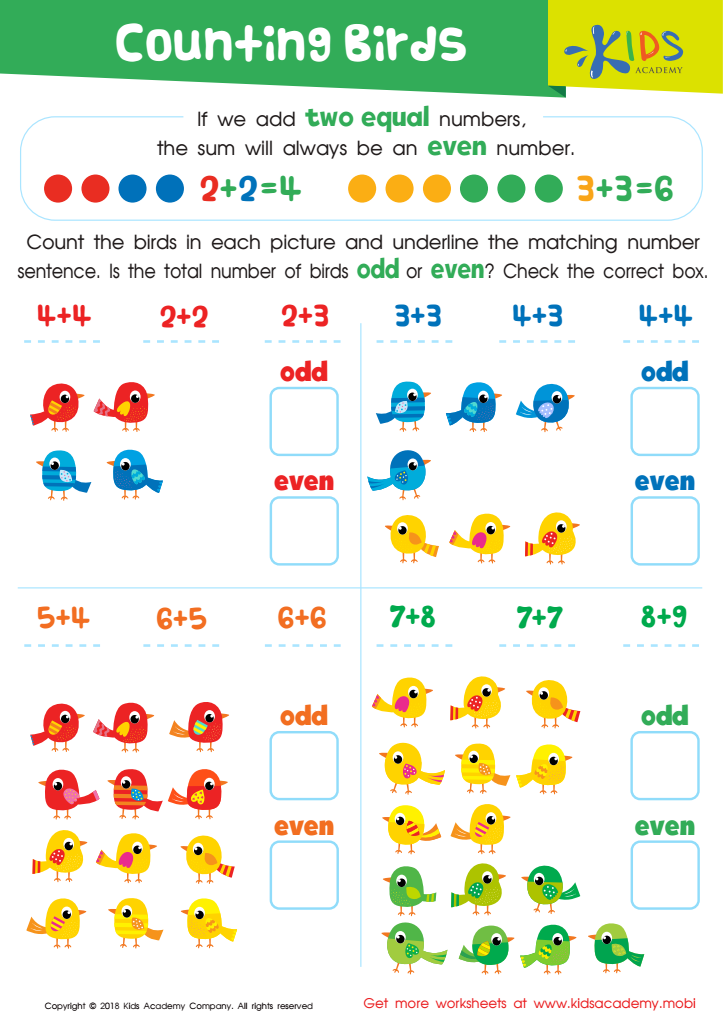

Counting Birds Worksheet


Fruity Array Quest Worksheet


Colorful Arrays Bingo Worksheet
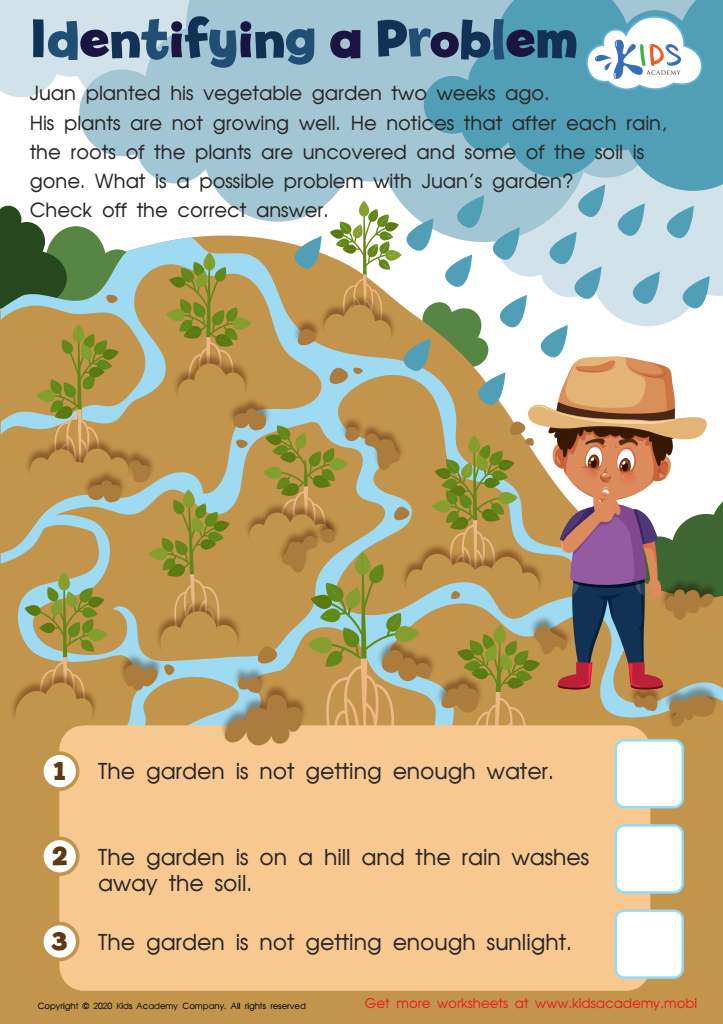

Identifying a Problem Worksheet
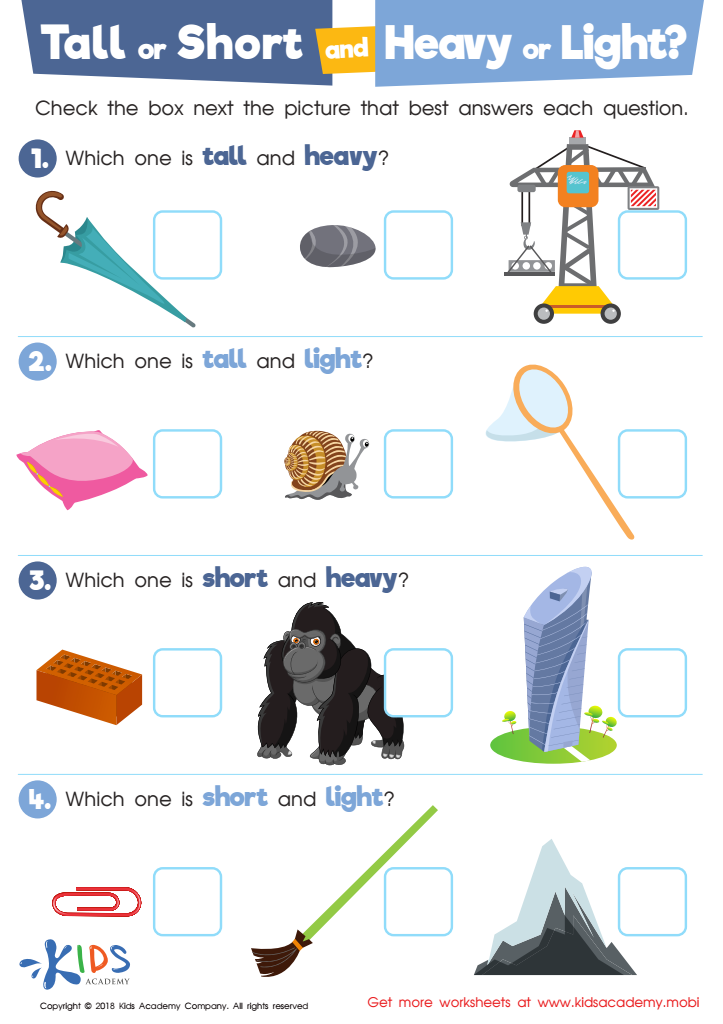

Tall or Short and Heavy or Light? Worksheet
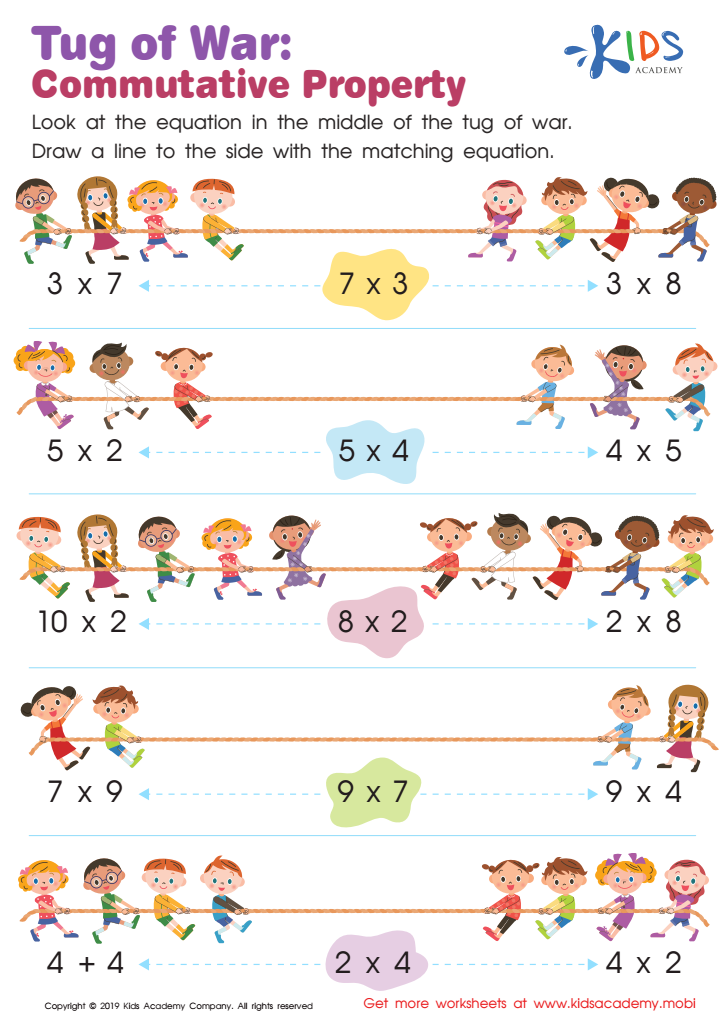

Tug of War: Commutative Property Worksheet


House Numbers Worksheet
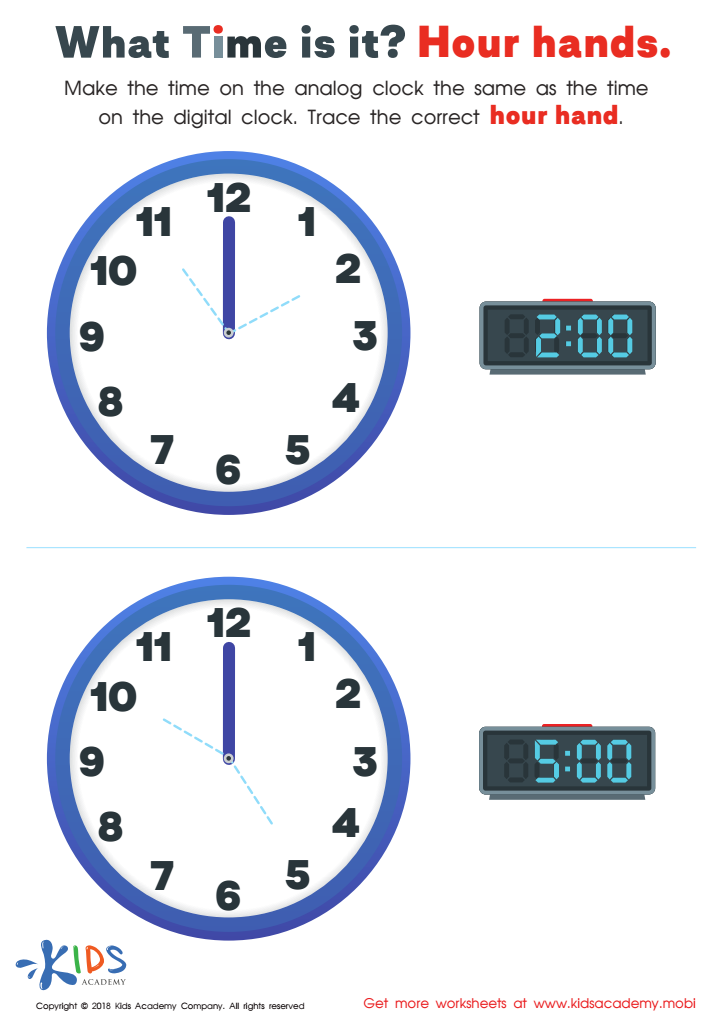

What Time Is it? Hour Hands Worksheet
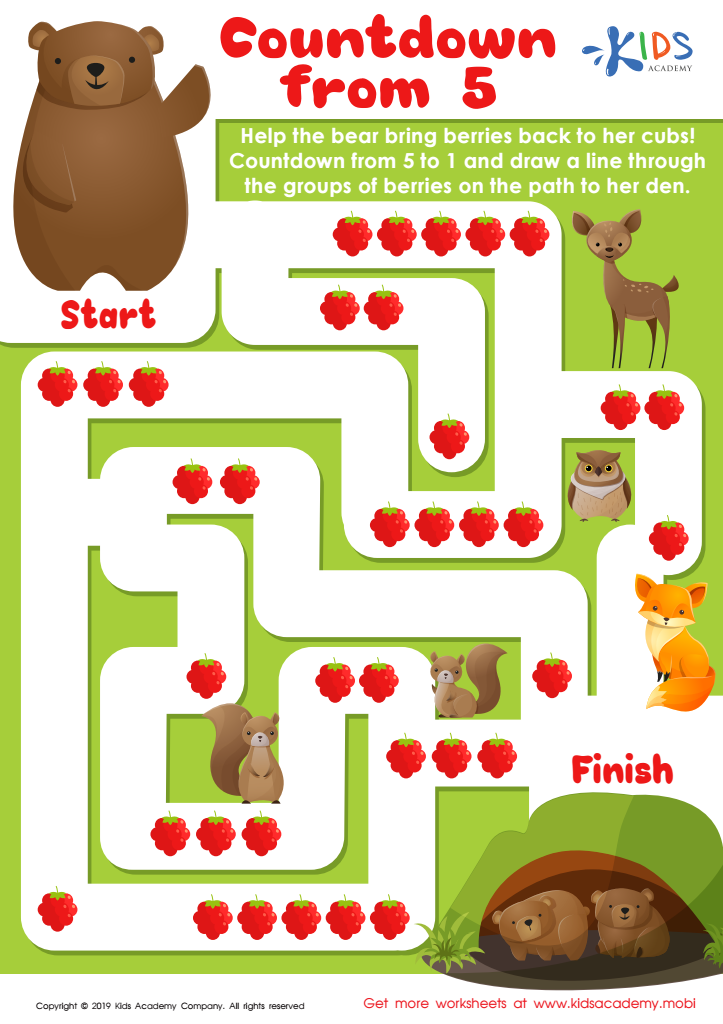

Countdown from 5 Worksheet
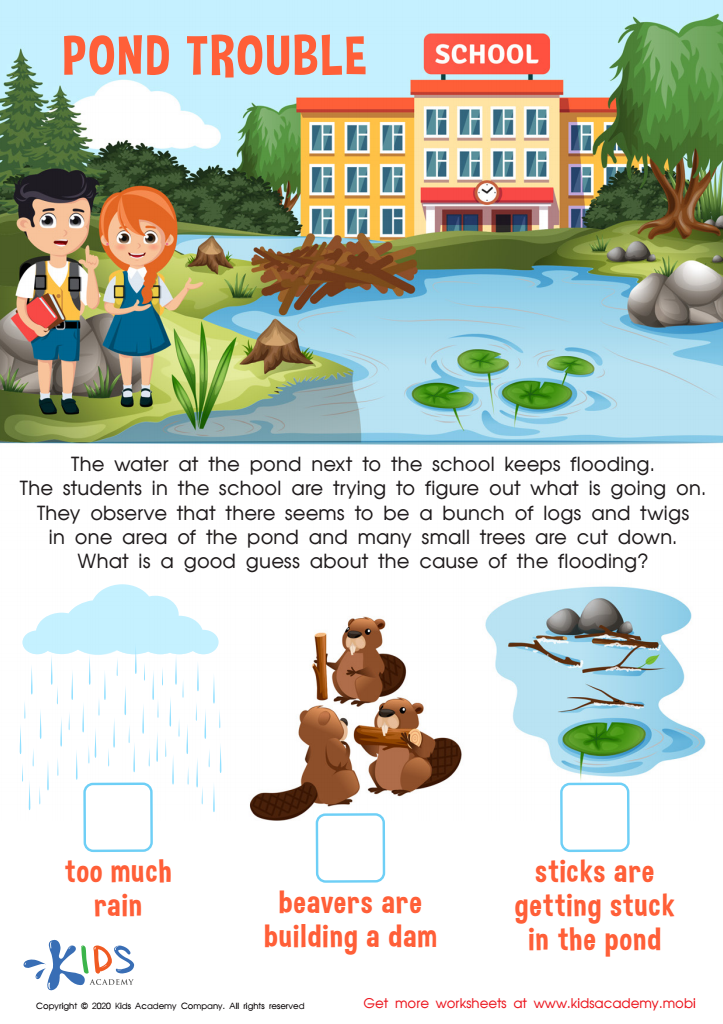

Pond Trouble Worksheet
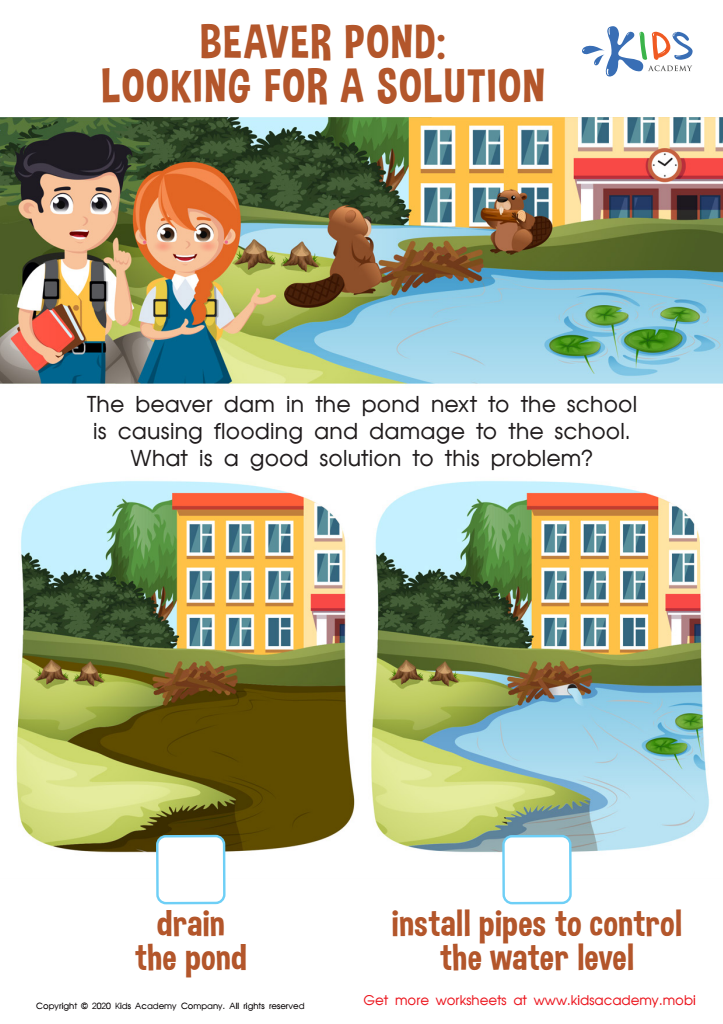

Beaver Pond: Looking for a Solution Worksheet
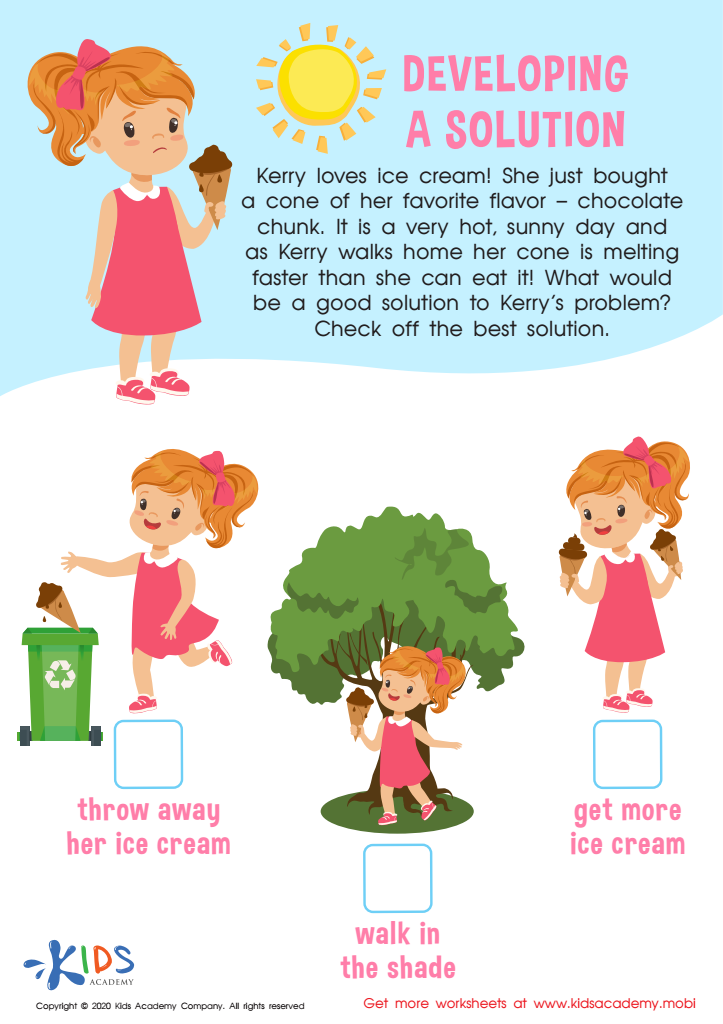

Developing Solution Worksheet
Easy Logical Thinking activities are essential for children aged 6-8 because they play a pivotal role in cognitive development. At this stage, children are beginning to form the foundational skills for reasoning and problem-solving, crucial elements of their overall academic and social growth. Engaging in logical thinking activities fosters critical thinking, allowing children to analyze situations, identify patterns, and draw conclusions, skills they'll rely on throughout their lives.
Parents and teachers should prioritize these activities as they promote not only academic skills but also enhance creativity and self-confidence. Children learn to approach challenges systematically, gaining the ability to solve problems independently. This empowerment can significantly impact their attitude towards learning, making them more engaged and enthusiastic participants in their education.
Moreover, logical thinking activities often incorporate social elements, encouraging teamwork and communication among peers. This helps children develop important interpersonal skills, such as cooperation and negotiation. As logic and reasoning become foundational to a child's learning strategy, inviting parents and teachers to integrate these activities into daily routines can lead to well-rounded, thoughtful, and resilient individuals equipped to navigate the complexities of the world around them.
 Assign to My Students
Assign to My Students






